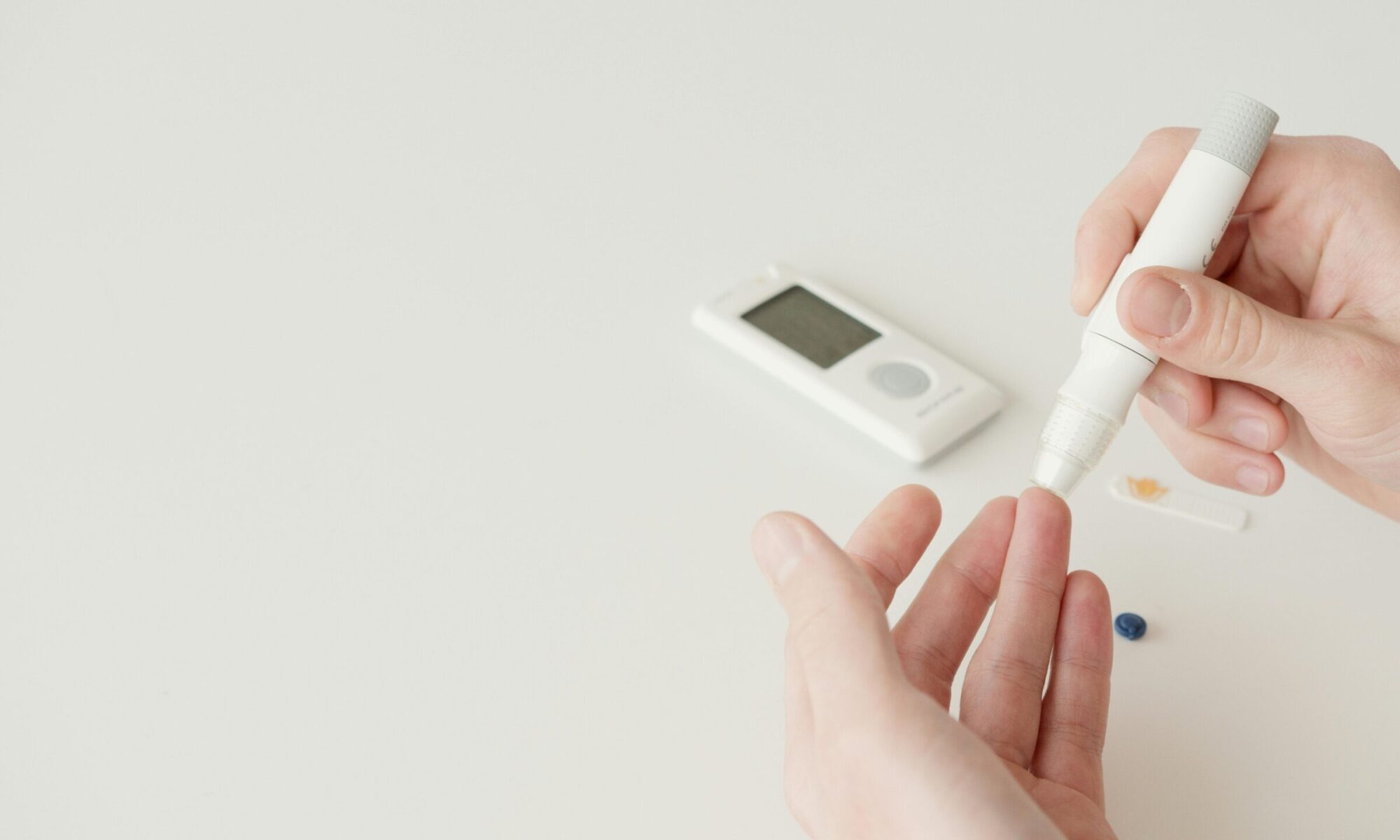Managing diabetes involves making thoughtful choices about what to eat. With so many options available, it can be challenging to decide which foods are best for maintaining stable blood sugar levels. To simplify this, foods can be categorized into three groups: those to avoid, those to enjoy occasionally, and those that can be taken freely. This guide provides practical advice on common foods found in markets and kitchens, helping you make informed decisions for balanced diabetes care.
Foods to Avoid
Certain foods can cause rapid spikes in blood sugar levels and should generally be avoided. These are often high in refined carbohydrates, unhealthy fats, or added sugars.
- Sugary Beverages: Soft drinks, packaged fruit juices, and energy drinks. These contain high amounts of sugar and no nutritional benefits.
- Refined Grains: White bread, white rice, and maida (refined flour) products such as naan, biscuits, and cakes. These lack fiber and are quickly converted into glucose.
- Deep-Fried Snacks: Samosas, pakoras, and chips are high in unhealthy fats and calories, leading to weight gain and insulin resistance.
- Sweets and Desserts: Gulab jamun, jalebi, laddoos, and ice creams are loaded with sugar and unhealthy fats, making them unsuitable for diabetes management.
- Processed Foods: Packaged snacks, instant noodles, and ready-to-eat meals often contain trans fats, added sugars, and preservatives that disrupt blood sugar levels.
Foods to Enjoy Occasionally
These foods are not entirely off-limits but should be consumed in moderation. Pairing them with high-fiber or protein-rich foods can help balance their impact on blood sugar.
- Starchy Vegetables: Potatoes, sweet potatoes, and yams. These can be included in small portions and combined with non-starchy vegetables.
- Fruits with High Natural Sugar: Mangoes, bananas, chikoos (sapodilla), and grapes. Enjoy them occasionally and in small portions to avoid spikes in blood sugar.
- Whole Grains: Brown rice, whole wheat bread, and millet-based preparations like rotis or dosas. While healthier than refined grains, they should be eaten in controlled portions.
- Dried Fruits and Nuts: Dates, raisins, and cashews can be consumed sparingly. Opt for unsweetened and unroasted varieties.
- Full-Fat Dairy Products: Milk, curd, and paneer made from full-fat milk. Choose low-fat alternatives whenever possible.
- Occasional Treats: Traditional sweets or festive foods can be enjoyed in small portions during special occasions, but ensure they are balanced with other meals.
Foods to Enjoy Freely
These foods have a minimal impact on blood sugar and can be included regularly in your diet. They are nutrient-dense and promote overall health.
- Non-Starchy Vegetables: Spinach, methi (fenugreek), bitter gourd, okra, brinjal, cabbage, and cauliflower. These are low in carbs and high in fiber.
- Protein-Rich Foods: Lentils, chickpeas, moong dal, and toor dal. These provide sustained energy and help control blood sugar levels.
- Whole Spices and Herbs: Turmeric, cinnamon, fenugreek seeds, curry leaves, and ginger have anti-inflammatory and blood sugar-regulating properties.
- Healthy Fats: Include moderate amounts of nuts like almonds and walnuts, seeds like chia and flaxseeds, and oils such as mustard oil or olive oil.
- Low-GI Fruits: Guavas, apples, oranges, and berries. These can be eaten regularly as they release sugar slowly into the bloodstream.
- Low-Fat Dairy: Skimmed milk, low-fat yogurt, and paneer are great sources of protein and calcium.
- Hydration Options: Coconut water, plain water, and unsweetened herbal teas. Staying hydrated supports overall health and aids in glucose regulation.
Tips for Balanced Eating
- Portion Control: Even foods from the “freely enjoy” category should be eaten in appropriate portions to maintain overall calorie balance.
- Meal Pairing: Combine carbohydrates with protein or healthy fats to slow glucose absorption. For example, pair roti with dal and sautéed vegetables.
- Mindful Snacking: Opt for roasted chana, unsalted nuts, or fresh fruit instead of processed snacks.
- Cooking Methods: Choose steaming, grilling, or baking over frying to reduce calorie intake.
- Regular Monitoring: Track how different foods affect your blood sugar and adjust your diet accordingly.
Making informed food choices is a cornerstone of effective diabetes management. By categorizing foods into those to avoid, enjoy occasionally, and take freely, you can create a balanced diet that supports stable blood sugar levels and overall health. Remember, moderation and mindful eating are key to enjoying a variety of foods while managing diabetes effectively.
Disclaimer:
The content on this website/article is community-driven and contributed by non-medical professionals. The observations and views expressed reflect the experiences and opinions of the non-medical community. You are strictly advised to seek the advice or opinion of a qualified medical professional before considering or acting on any information, opinions, or views presented on this website.
View Count: 14582 Views


Thank you for your support I gained a lot as iam prediabetic I will stick to the list you provided and do some exercise I hope will be better as I commit to this ….but I am still struggling after eating maybe as time goes by I will adjust and enjoy life as normal.
Can a diabetic eat corn flax honey almond for breakfast